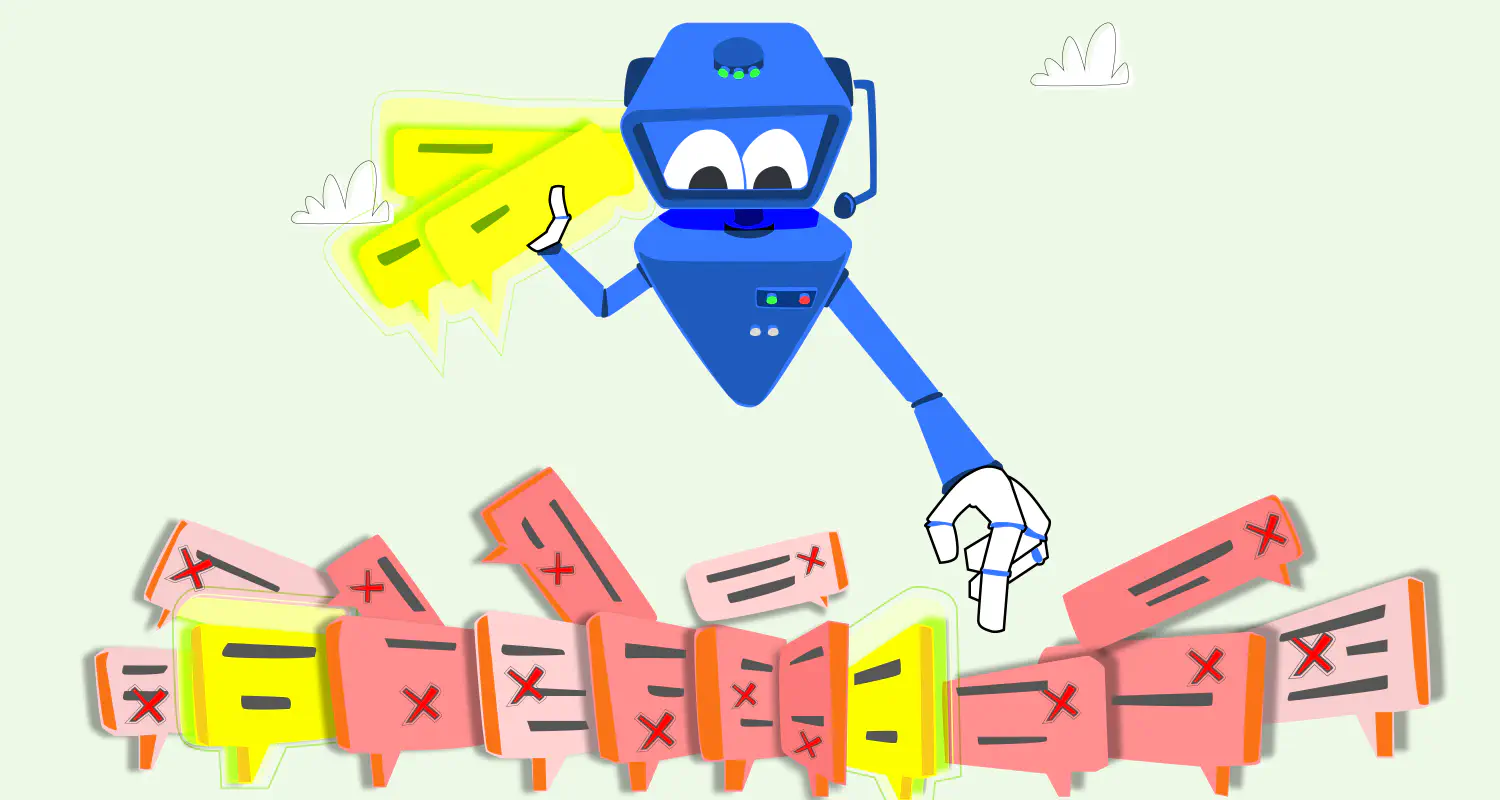Guide to AI Sales Agents on Messaging and Chat Platforms
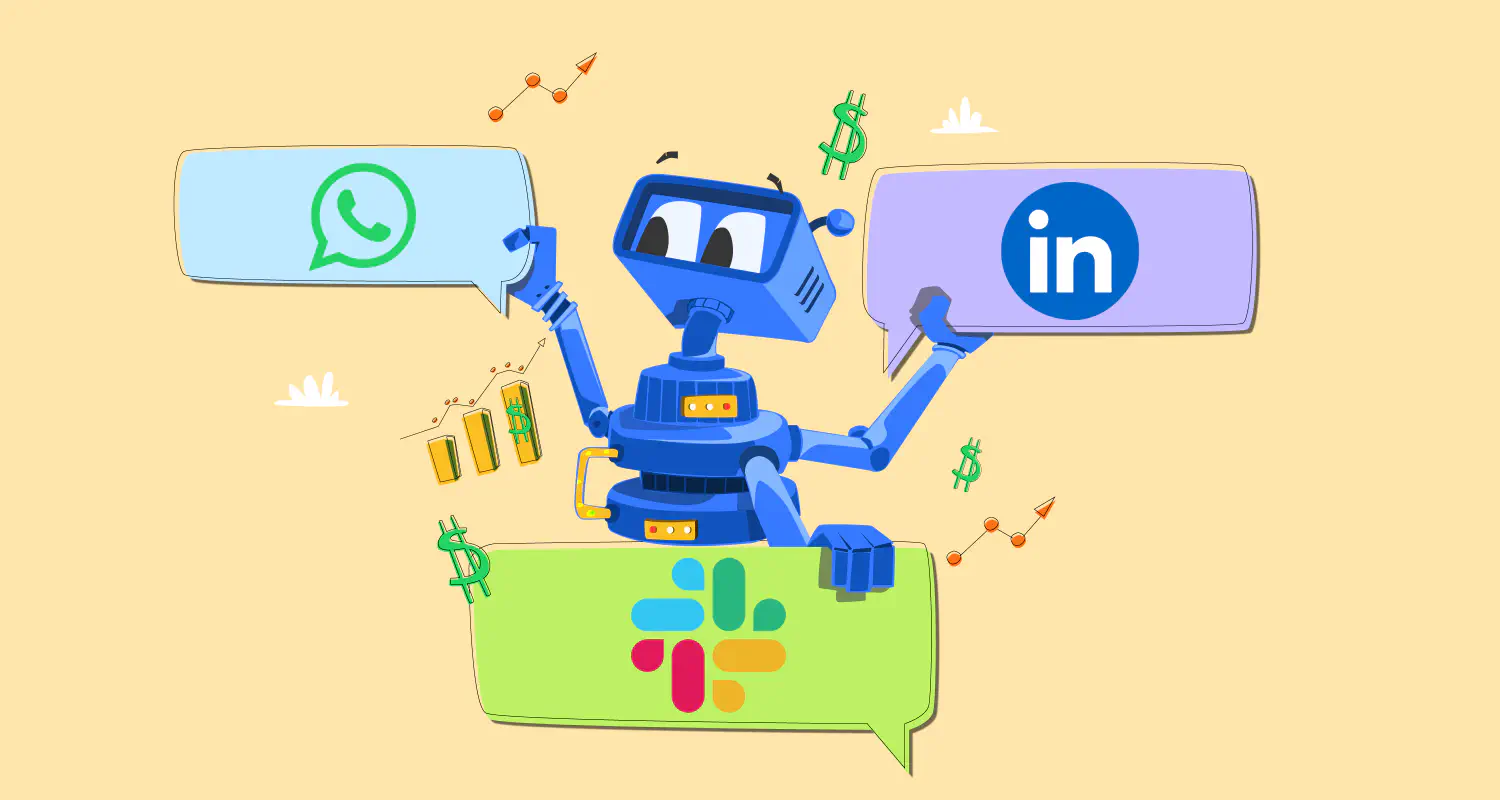
Sales teams have been using CRMs, email sequences, and chatbots to automate sales processes for years. However, automation alone isn’t enough anymore. It can’t tell the difference between a high-intent lead and someone just browsing. It can’t adapt conversations based on context. It can’t qualify, prioritize, or personalize at scale.
AI-powered assistants are the ones who can do all of that. They analyze conversations, engage leads in real time, and ensure that sales agents focus on the right opportunities.
In this article, we’ll show you how AI assistants are automating sales across real-time messaging platforms like LinkedIn, WhatsApp, and Slack.
Role of AI in sales automation on messaging platforms
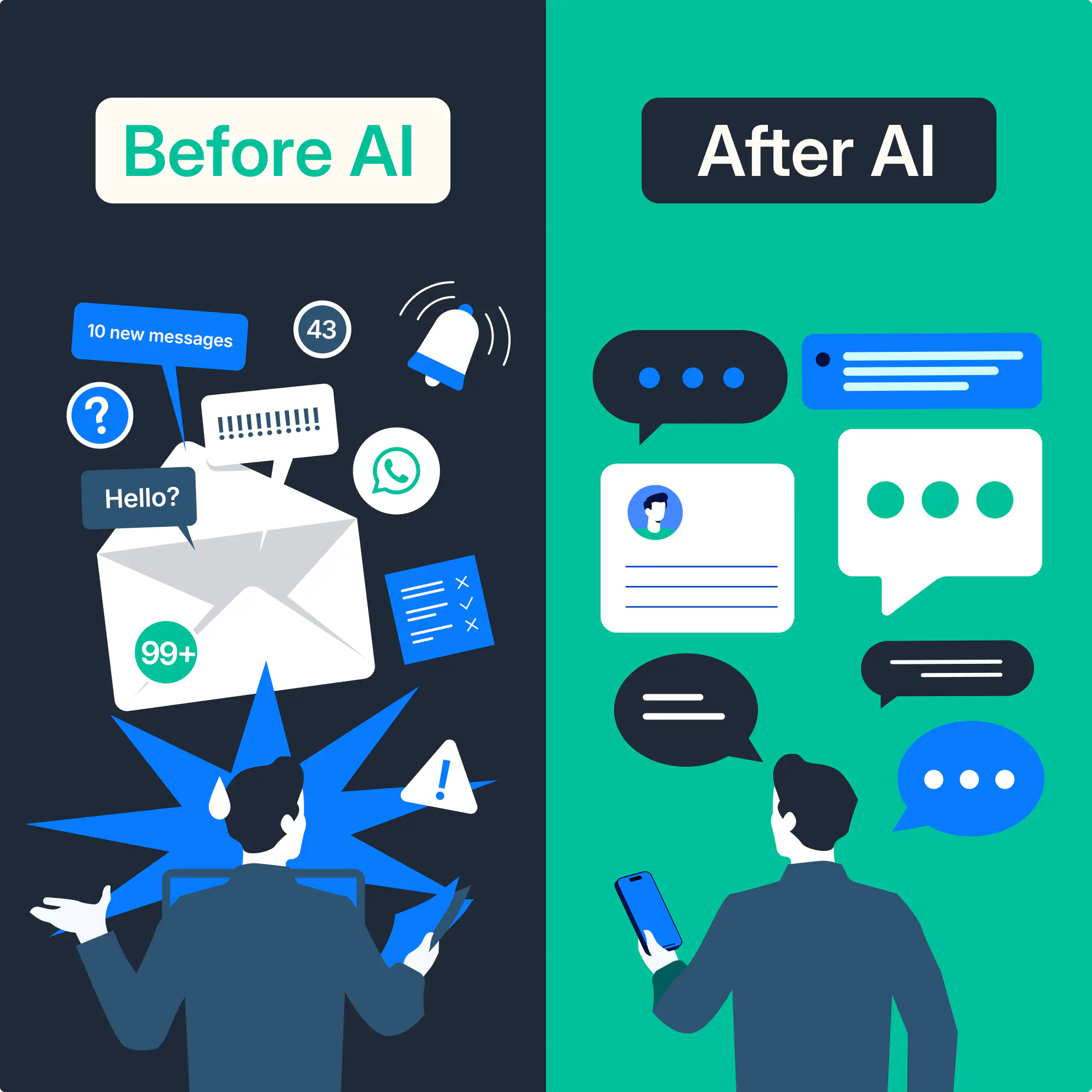
Sales automation without AI is basic and doesn’t fulfill the needs of businesses selling their products over B2B messaging platforms. Adding AI to the mix can make all the difference, and here’s how.
Boosts efficiency
Sales teams spend a large chunk of their days doing tasks that don’t directly lead to sales. Common examples are logging data and interactions, updating CRMs, and filtering through leads. All mind-numbing tasks that have to be done yet don’t need any creativity or critical thinking skills.
AI sales assistants can handle all of these tasks when integrated with sales automation tools. It can qualify leads automatically, assign conversations to human agents, send automated follow-ups, and more. It helps teams work more on closing deals instead of wasting time on administrative work.
Helps in prioritizing prospects
One of the biggest pain points for sales teams is chasing the wrong leads. It can be tricky to know which leads to pursue, and the process can take time. That said, AI helps you prioritize prospects most likely to buy your product. It can gather information directly from leads, analyze engagement and behavior, and give you summaries of its interactions so that you gain context.
More importantly, it keeps unqualified leads from clogging your pipeline, so you’re always working with high-quality opportunities.
Gets rid of clutter
It’s common for sales inboxes to be cluttered and chaotic, but this can affect a team’s workflow and efficiency. It can also increase the risk of dropped leads and follow-up mistakes.
Incorporating AI into your sales automation workflows can solve this issue. AI organizes everything as it sorts through leads, categorizes them as qualified or unqualified, and assigns conversations to sales agents so that no conversation is left hanging.
Reduces response times
Do you know that businesses who respond within an hour are almost seven times more likely to have meaningful conversations with decision-makers? A study from Harvard Business Review backs this up, and it’s especially true for B2B customers.
B2B customers always expect quick replies. If they don’t hear back from you fast enough, they lose interest or move on to competitors. That’s why you need fast replies, and AI provides just that.
AI responds to customers instantly, answers common questions, and keeps the conversation going 24/7. When you’re ready to step in, the lead is already engaged instead of ice-cold. This means fewer lost opportunities and more deals moving forward.
Gives you insights
AI analyzes past conversations, tracks engagement patterns, and provides insights that help you make better decisions about your leads. Which prospects are most likely to convert? When is the best time to follow up? What messages get the highest response rates? Instead of guessing, you get real data to guide your next move.
It can also predict sales trends and guide you in the right direction in terms of innovation.
How teams use AI on WhatsApp to drive conversions
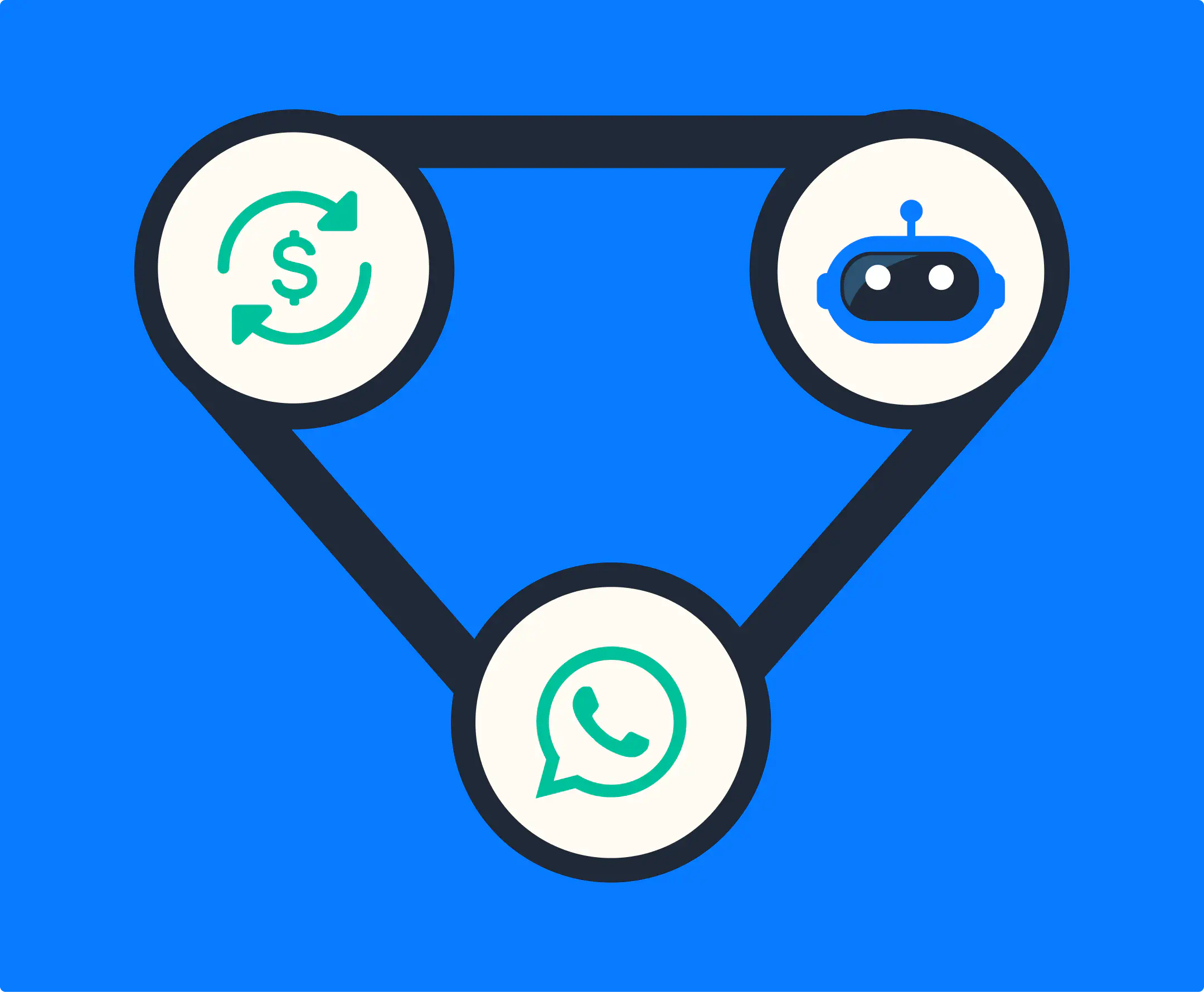
WhatsApp is the ideal channel for sales and closing deals in real time, but managing conversations, qualifying leads, and keeping prospects engaged can be overwhelming. That’s why AI is needed, and here’s how it can help businesses.
Qualify leads and nurture prospects
Lead qualification is usually a pain for sales teams. It takes a long time to filter through all inbound leads, and then engaging them and determining whether they’re qualified or not is another story. The entire process takes a lot of time and effort and is frustrating. Luckily, AI can do it.
AI agents improve sales on WhatsApp by engaging incoming leads, asking qualifying questions based on criteria you set, and qualifying or disqualifying leads. If they qualify, they can assign the conversation to a sales rep, which makes for a smooth work process with no delays.
Once a lead is qualified, AI doesn’t just stop there. It can also move them through the funnel, send personalized follow-ups, answer common questions, and nurture promising leads.
Book meetings and automate follow-ups
Booking calls is another redundant task that doesn’t really need any human expertise or skills. An AI assistant can take care of it and save sales agents time by allowing them to focus on more demanding tasks. AI sales assistant tools can sync with your team’s calendars, suggest available time slots, and schedule meetings directly on WhatsApp.
But what happens after that first interaction? AI sends automated follow-ups to ensure your leads don’t go cold. For example, it can send reminders, share relevant product information, and keep prospects engaged until they’re ready to buy.
Manage transactions and customer interactions
The most important part of sales is closing the deal, and AI can help with that too. AI sales agents on WhatsApp can send invoices, remind customers about payments, and even process orders instantly.
Besides transactions, AI also plays a role in customer service. It answers FAQs, provides real-time updates on product availability, and ensures customers always get the information they need without waiting hours for a response.
How to sell on LinkedIn with AI
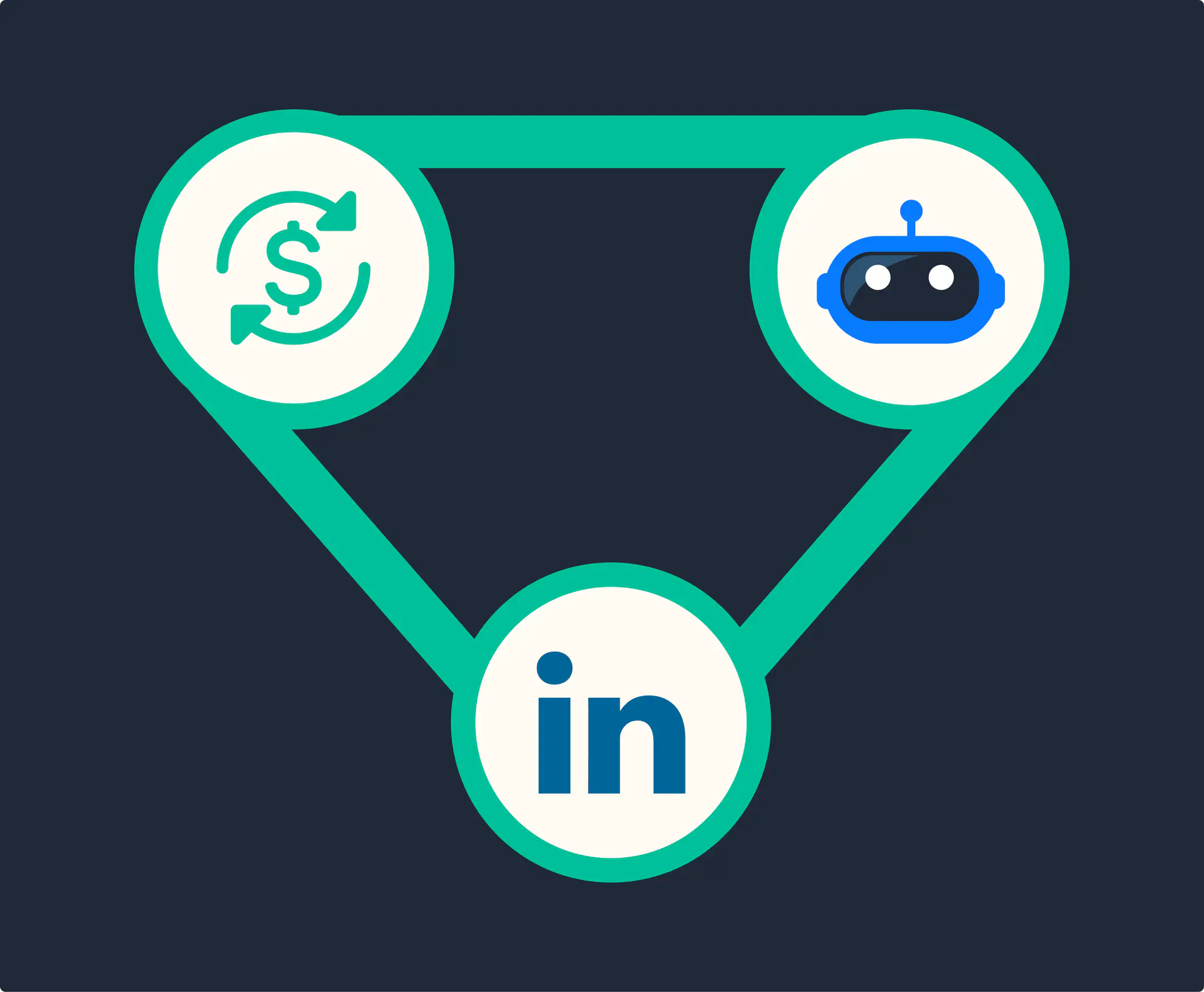
LinkedIn gives you a golden chance to connect with decision makers, and it’s the perfect platform for B2B sales. However, the process isn’t always so easy. You may find the right leads, but turning them into customers can be tricky because decision makers are always busy, and LinkedIn inboxes are always crowded.
So how can AI help? Let’s take a look.
More decision-makers
When a company makes a buying decision, it’s rarely just one person calling the shots. There’s a whole group of decision-makers, influencers, and past buyers involved. However, sales teams often engage with just one or two contacts. That’s a missed opportunity.
AI changes the game by analyzing LinkedIn networks to map out the entire buying committee. It identifies key stakeholders, surfaces past customers who can be re-engaged, and even finds internal contacts who can push a deal forward. In doing so, it gives sales teams a clear view of whom they need to reach out to.
Personalized outreach at scale
Generic LinkedIn messages are always more likely to get ignored than personalized ones. Buyers expect relevance, and thankfully, AI makes it easier to deliver that at scale.
AI analyzes buyer activity, engagement patterns, and mutual connections to write personalized and relevant messages. It helps sales teams personalize outreach based on what a prospect has liked, shared, or commented on in the past. AI-powered InMail messages feel less like cold outreach and more like a natural conversation, which can give you higher response rates and better engagement.
Faster deal closures with AI insights
Timing makes all the difference in sales. Engaging too soon might overwhelm your prospect, and waiting too long means the prospect might have already moved on, so what do you do? You use AI.
AI-powered tools provide instant account summaries, track deal progress, and highlight key moments for engagement. They also notify sales agents when a prospect interacts with their content, changes roles, or shows buying intent. This means that sale agents will reach out at the right moment with the right message.
The result? Fewer follow-up delays, faster deal cycles, and more won opportunities.
How teams use Slack AI to close deals faster
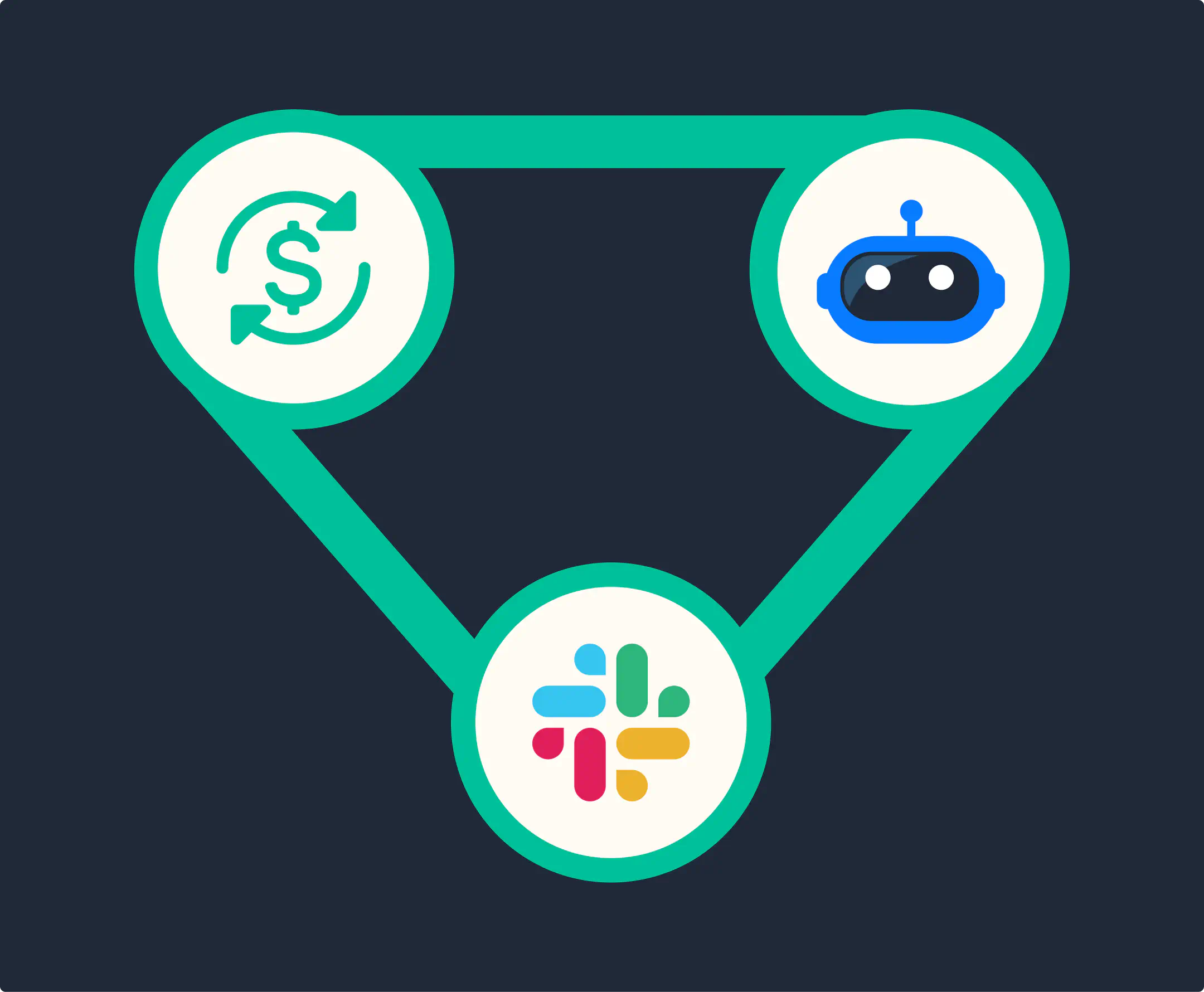
Slack is where sales teams collaborate, strategize, and move deals forward. But without the right tools, important updates can get lost.
AI helps you use Slack in the best way possible, and here’s how.
Track sales deal progress
Sales deals move fast, and missing a critical update could mean losing a potential customer. AI-powered Slack integrations help you ensure that doesn’t happen and that your team is always up to speed.
AI tracks deal progress in real time and sends instant notifications when a lead moves to the next stage, a contract is signed, or a competitor is mentioned in a deal conversation. It gives sales agents all the information they need so that they don’t have to chase updates manually.
Automate repetitive sales tasks
Just like on WhatsApp and LinkedIn, AI takes care of the redundant tasks on Slack that no one ever wants to do. It can generate sales reports automatically, move approvals forward, and summarize important updates in short Slack recaps.
Your agents won’t have to dig through long chat threads to find important information anymore.
Improve decisions with AI-powered insights
In sales, having the right information at the right time is crucial for success. Of course, getting the information takes sales agents a long time, and analyzing it to make well-informed decisions takes even longer. Luckily, AI can help with it.
AI can gather key metrics, highlight deal risks, and even forecast pipeline performance, all within Slack.
Even if you need to reference a past conversation, an AI-powered search can help you find your messages instantly so that you don’t waste time scrolling. It also spots trends in customer conversations and helps sales leaders make data-driven decisions that improve win rates.
Where to start with AI in sales
You’ve seen how AI can automate sales on LinkedIn, WhatsApp, and Slack. But how do you make this work for your business? The key is to start where AI can make the biggest difference.
Here’s how to figure that out.
1. Look at your sales channels
Where are most of your sales conversations happening? Are you finding new leads on LinkedIn? Nurturing prospects and handling follow-ups on WhatsApp? Keeping your team aligned and moving deals forward in Slack?
AI works best when it’s integrated into the platforms you’re already using. Incorporating it into your workflow is already a big change for your team. If you accompany that with a change in the tech stack, it can overwhelm your team and cause drops in performance.
Instead of adding more tools, think about how to use AI without disrupting your team.
2. Identify biggest time wasters
Another key step is to identify what’s slowing your sales team down. If your team is like any other one, then it’s not the selling part that’s wasting their time. Instead, it’s everything around selling, like sorting through leads, sending follow-up messages, and tracking deal progress across different platforms.
These tasks drain your team’s energy and take focus away from closing deals. Once you identify them, you can employ suitable AI agents to take them off your plate so that you can spend more time where it counts.
3. Find drop-off points in your sales process
To optimize your sales process and use AI properly, you need to know where your deals tend to fall apart. Do leads go cold after the first conversation? Then, maybe your follow-ups come after too long. Do prospects stop replying after you send them more information? In this case, your follow-ups are probably fast and overwhelming.
When you identify the specific problem, AI will be able to help you with it. It can instantly qualify leads, send timely follow-ups, and make sure no high-potential prospect gets lost in the shuffle. The result? More engaged leads and a smoother path to closing deals.
4. Start small and scale up
AI doesn’t have to be an all-or-nothing change. You don’t need to automate your entire sales process overnight. The best scenario is that you start small and pick one task that’s slowing your team down, like lead qualification on WhatsApp or scheduling follow-ups on LinkedIn. Once you see the impact, you can expand AI’s role step by step.
Final thoughts
Sales automation on messaging platforms has come a long way, but adding AI makes it smarter, faster, and more helpful to sales teams.
Instead of just automating tasks, AI adds thinking skills to the mix. It can engage your leads, qualify and prioritize them, and even personalize messaging based on their engagement patterns. It also works on different platforms; you can use it on LinkedIn, WhatsApp, and Slack.
If your team is still struggling with manual follow-ups or chasing unqualified leads, it’s time to consider an AI assistant for your messaging platform.

Hania is a seasoned researcher and content writer specializing in WhatsApp Business and its role in B2B sales and customer engagement. With years of experience creating in-depth, thought-provoking content, she combines real-life use cases and deep industry insights to help businesses leverage WhatsApp as a growth tool. Her expertise lies in translating complex research into actionable strategies, making her a trusted resource for companies looking to innovate their communication and sales processes.



